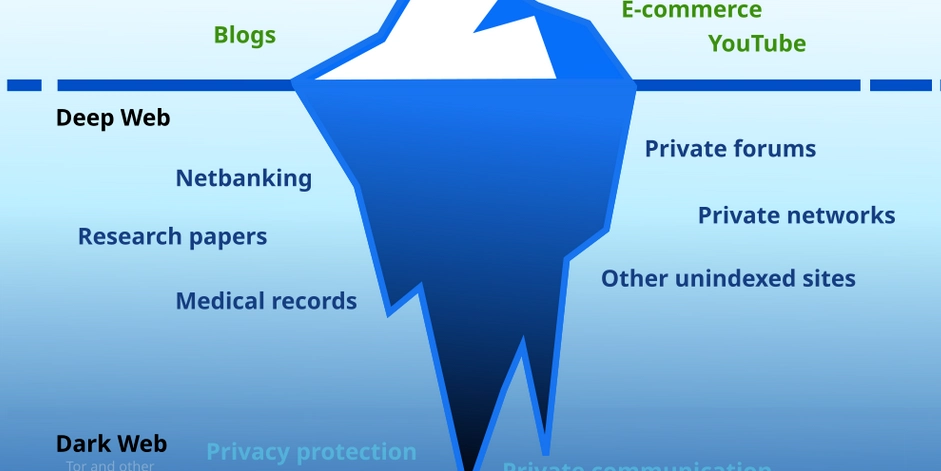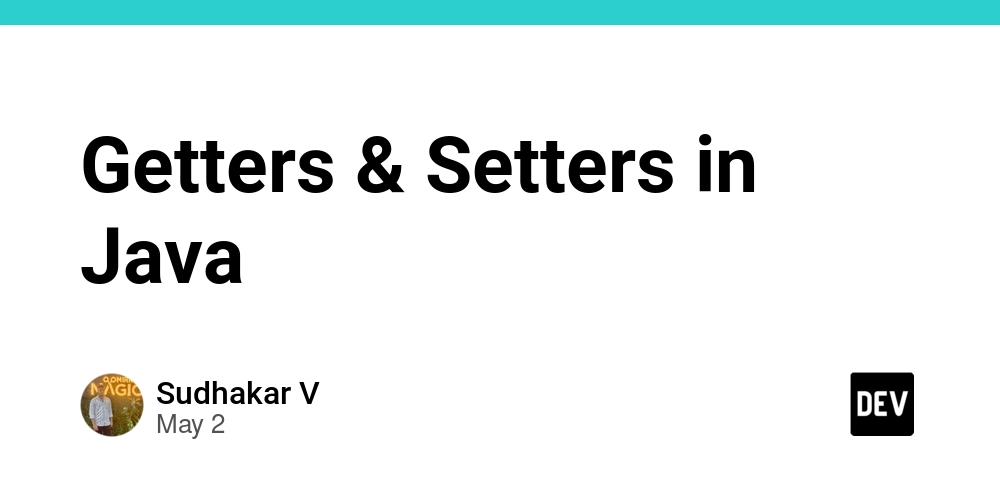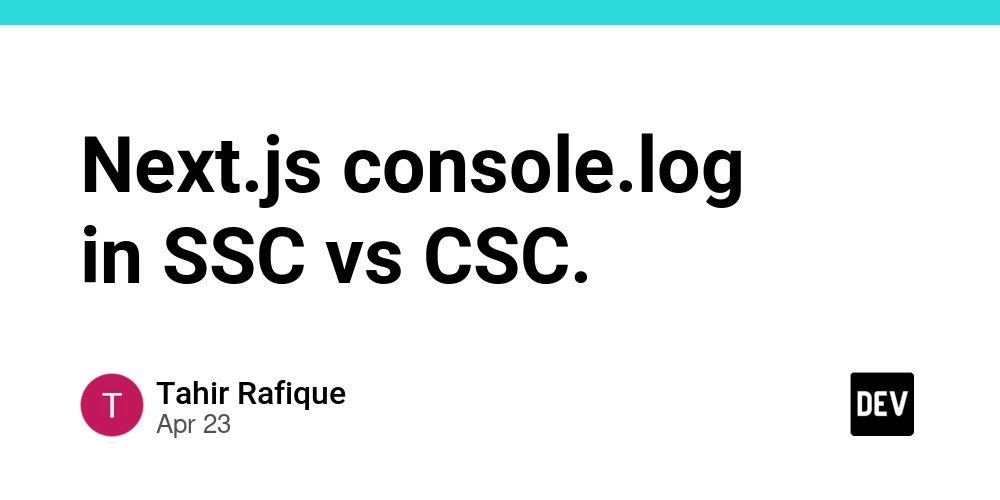Improving Query Performance: Organized WHERE Clauses and Eager Loading
Let me first illustrate the importance of properly ordering conditions in the WHERE clause. ❌ Unorganized Search Query: In this version, the query logic lacks parentheses to group the conditions properly. As a result, the database confuses the filters, leading to unexpected results. ✅ Organized Search Query: This version correctly uses parentheses to group related conditions, ensuring the query logic is evaluated as intended. This simple yet critical adjustment significantly improves search functionality. While the first version is technically valid, the second approach is more correct and less likely to cause problems in the future due to better query structure and maintainability. Additionally, Povilas Korop has discussed this topic in a video and a well-written article that dives deeper into the concept. Eager loading is essential for preventing the N + 1 query problem, but using the with method every time is not ideal. Let’s demonstrate with an example: I've discussed about N + 1 query problem in a helpful tip. In the previous example, I’m querying the article along with its relationships using the with method, then checking the article's visibility. The eagerly loaded relationships would be unnecessary if the article were not visible. To improve efficiency, it’s better to load the relationships after the visibility check using the load method:

Let me first illustrate the importance of properly ordering conditions in the WHERE clause.
❌ Unorganized Search Query:
In this version, the query logic lacks parentheses to group the conditions properly. As a result, the database confuses the filters, leading to unexpected results.
✅ Organized Search Query:
This version correctly uses parentheses to group related conditions, ensuring the query logic is evaluated as intended. This simple yet critical adjustment significantly improves search functionality.
While the first version is technically valid, the second approach is more correct and less likely to cause problems in the future due to better query structure and maintainability.
Additionally, Povilas Korop has discussed this topic in a video and a well-written article that dives deeper into the concept.
Eager loading is essential for preventing the N + 1 query problem, but using the with method every time is not ideal. Let’s demonstrate with an example:
I've discussed about N + 1 query problem in a helpful tip.
In the previous example, I’m querying the article along with its relationships using the with method, then checking the article's visibility. The eagerly loaded relationships would be unnecessary if the article were not visible. To improve efficiency, it’s better to load the relationships after the visibility check using the load method:








































































































































































![[The AI Show Episode 145]: OpenAI Releases o3 and o4-mini, AI Is Causing “Quiet Layoffs,” Executive Order on Youth AI Education & GPT-4o’s Controversial Update](https://www.marketingaiinstitute.com/hubfs/ep%20145%20cover.png)































































































































![[DEALS] Mail Backup X Individual Edition: Lifetime Subscription (72% off) & Other Deals Up To 98% Off – Offers End Soon!](https://www.javacodegeeks.com/wp-content/uploads/2012/12/jcg-logo.jpg)





































































































































































































































![Google reveals NotebookLM app for Android & iPhone, coming at I/O 2025 [Gallery]](https://i0.wp.com/9to5google.com/wp-content/uploads/sites/4/2025/05/NotebookLM-Android-iPhone-6-cover.jpg?resize=1200%2C628&quality=82&strip=all&ssl=1)

















![Apple Reports Q2 FY25 Earnings: $95.4 Billion in Revenue, $24.8 Billion in Net Income [Chart]](https://www.iclarified.com/images/news/97188/97188/97188-640.jpg)










































































































